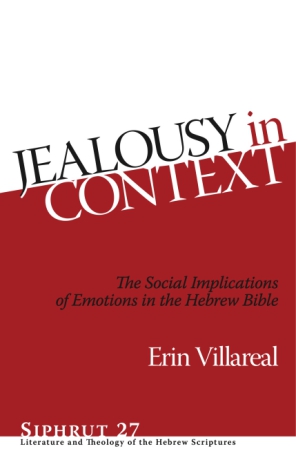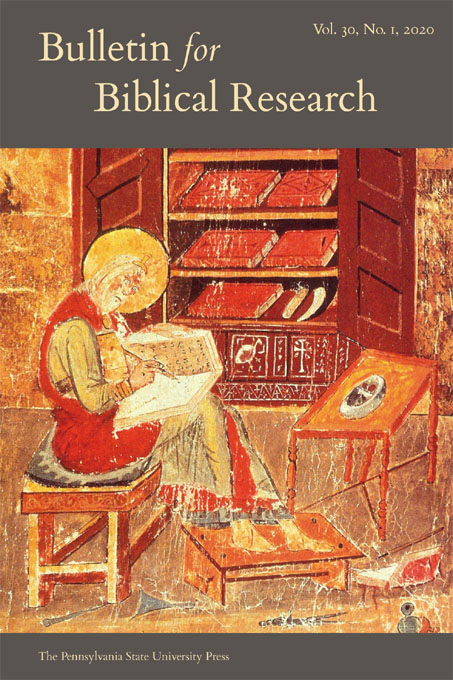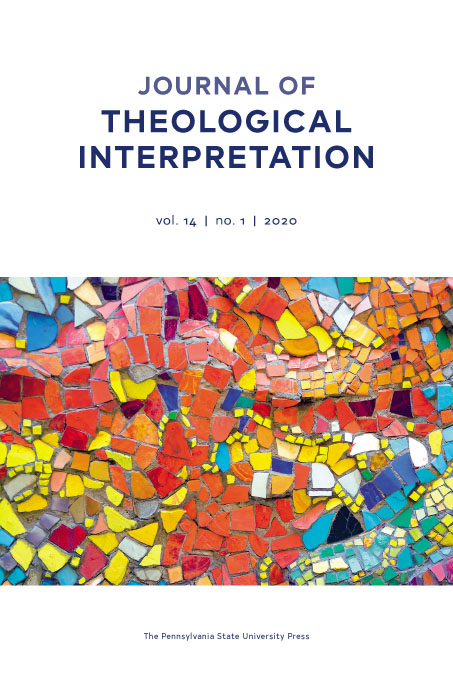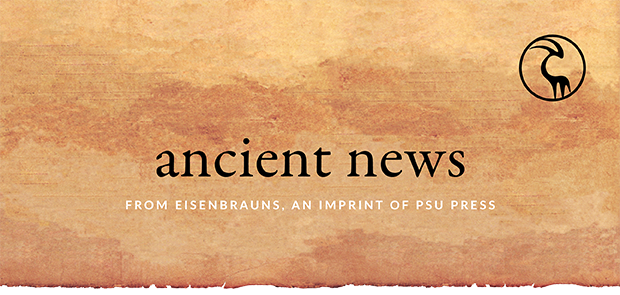
in this issue
general news
Welcome to the April issue of Ancient News!
This issue of Ancient News features a Q&A with Stephen B. Chapman, one of the editors of the Siphrut: Literature and Theology of the Hebrew Scriptures Series. Scroll down to read the conversation about the series and what makes a book a good fit.
We’re currently running a two-week sale on select archaeology books. Use code ARCH23 at checkout.
Enjoy!
archaeology sale
Save up to 40% on select archaeological reports and studies. Use promo code ARCH23 at checkout. Sale ends 4/23.
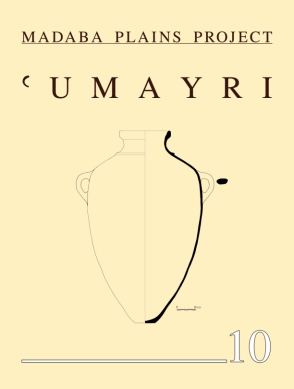
The 2006 Season at Tall al-‘Umayri and Subsequent Studies
$119.95 $83.97
This volume is the tenth in a series of technical seasonal reports on the excavations of Tall al-‘Umayri, Jordan, part of the Madaba Plains Project. It covers artifactual finds and related research from excavation fields active during the 2006 season: Field A, the western citadel with Early Iron Age domestic structures; Field B, the western defenses and northwestern domestic quarters showcasing a rare Late Bronze Age temple/palace complex; Field H, the southwestern acropolis boasting a Late Iron I courtyard sanctuary; and Field L, the southern edge with Iron I remains, limited Late Iron II architecture, and the now fully exposed area of a Late Hellenistic agricultural complex.
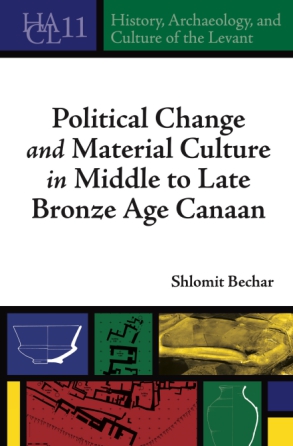
Political Change and Material Culture in Middle to Late Bronze Age Canaan
$149.95 $104.97
“Bechar has undertaken an in-depth study of the ceramics at Hazor and put its assemblage in dialogue with those of surrounding settlements, which will be extremely useful for archaeologists working in the region. This study allows her to make important conclusions—such as the fact that pottery shapes at Tel Arqa in the LB II become less similar to those in the Southern Levant and more similar to those of the Northern Levant. In border zones where allegiances fluctuate, this kind of ceramic shift may represent one of the few available ways to understand political shifts at the time.”—Ellen Morris, author of Ancient Egyptian Imperialism
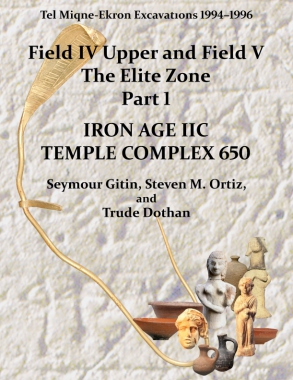
Tel Miqne 10/1
Tel Miqne-Ekron Excavations 1994–1996, Field IV Upper and Field V, The Elite Zone Part 1: Iron Age IIC Temple Complex 650
$129.95 $90.97
Tel Miqne-Ekron is one of the largest and most significant Iron Age archaeological sites in Israel. Based on fourteen seasons of excavations, this volume in the Tel Miqne series documents remarkable finds from the late Iron Age II Philistine temple.
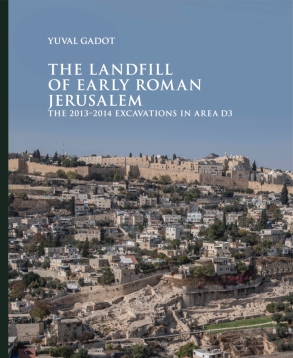
The Landfill of Early Roman Jerusalem
The 2013–2014 Excavations in Area D3
$99.95 $69.97
“The studies in this volume provide a fascinating window into Early Roman Jerusalem by presenting the results of the meticulous excavation of a massive garbage dump on the southeastern slope of the City of David. The comprehensive and detailed analyses of the various categories of finds—including pottery, coins, stone vessels, glass, animal and fish bones, and wood—indicate the existence of an organized system of rubbish disposal, much of which appears to represent ordinary household waste. These studies therefore add a valuable new dimension to our understanding of daily life in late Second Temple Jerusalem.”—Jodi Magness, University of North Carolina at Chapel Hill
new books
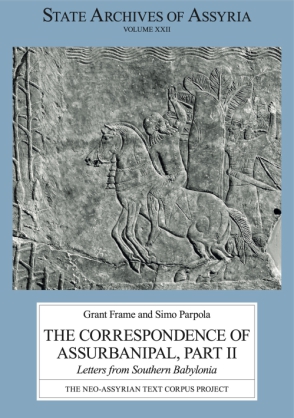
The Correspondence of Assurbanipal, Part II
Letters from Southern Babylonia
Edited by Grant Frame and Simo Parpola
The present volume completes the critical edition of the political correspondence of Assurbanipal, the first part of which was published in SAA 21. The 163 letters edited here were sent from southern Mesopotamia and Elam, mostly by governors or other high-ranking local administrators and military commanders.
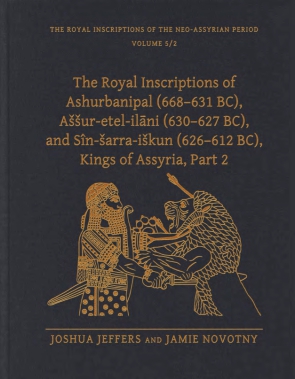
The Royal Inscriptions of Ashurbanipal (668–631 BC), Aššur-etel-ilāni (630–627 BC), and Sîn-šarra-iškun (626–612 BC), Kings of Assyria, Part 2
Joshua Jeffers and Jamie Novotny
This second volume of Joshua Jeffers and Jamie Novotny’s new and updated editio princeps of the inscriptions of the Neo-Assyrian king Ashurbanipal provides reliable, up-to-date editions of 169 historical inscriptions of this seventh-century BC ruler, including all such texts known from clay tablets and presumed from Kuyunjik, the citadel mound of the Assyrian capital Nineveh.
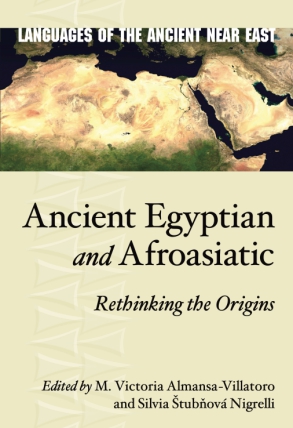
Ancient Egyptian and Afroasiatic
Rethinking the Origins
Edited by María Victoria Almansa-Villatoro and Silvia Štubňová Nigrelli
By challenging assumptions regarding the proximity between Egyptian and Semitic Languages, Ancient Egyptian and Afroasiatic provides a fresh approach to the relationships and similarities between Ancient Egyptian, Semitic, and Afroasiatic languages.
series editor q&a
Stephen B. Chapman, one of the editors of the Siphrut: Literature and Theology of the Hebrew Scriptures Series, joined us for a Q&A to discuss how the series was started, and what makes a book a good fit for the series.
What was the main impetus for starting the series?
Siphrut was the brainchild of Jim Eisenbraun and Tremper Longman, who brought in Nathan MacDonald and me to fill out the editorial board. Tremper has since retired from the board, and Lissa Wray Beal has taken his place.
Jim had noticed that he would regularly receive proposals that did not quite fit the other venues sponsored by Eisenbrauns, primarily because the proposals were more literary and/or theological in orientation. So from the beginning the title “Siphrut”—which of course means “literature” in Hebrew—was intended to signal how the series would promote work that is not exclusively historical but engages wider dimensions of the exegetical task. That said, the series is at the same time committed to work that is historically grounded and representative of a high academic standard.
What makes a book a good fit for the series?
We have published a range of books—mostly monographs but also a few collected volumes and a couple of translations. The perfect book for us is a monograph rooted in the historical-critical enterprise but not captive to it, one that also attends to the literary and theological aspects of scripture. We have declined submissions that were only historical or only theological. And we work with a broad understanding of theology so that the series is not limited to one particular religious tradition or narrowly confessional.
What are your hopes for the series moving forward?
We would like to receive more submissions! The series has been a strong seller for Eisenbrauns in the past, and we would like to see that sales pattern continue now that the Eisenbrauns imprint is maintained by Penn State University Press. We are fortunate to be working with Maria Metzler, who manages the series for Eisenbrauns. She is always eager, as are those of us on the board, to confer with prospective authors and provide them with additional information about the submission process.
new from psu press
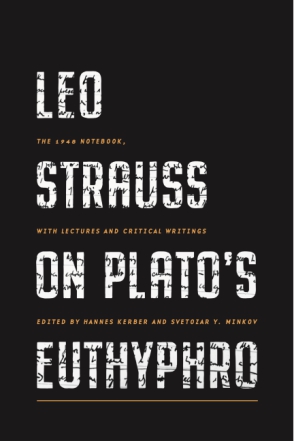
Leo Strauss on Plato’s Euthyphro
The 1948 Notebook, with Lectures and Critical Writings
Edited by Hannes Kerber and Svetozar Y. Minkov

“Paradise Lost: A Poem Written in Ten Books”
An Authoritative Text of the 1667 First Edition
Edited by John T. Shawcross and Michael Lieb
| Control your subscription options |
